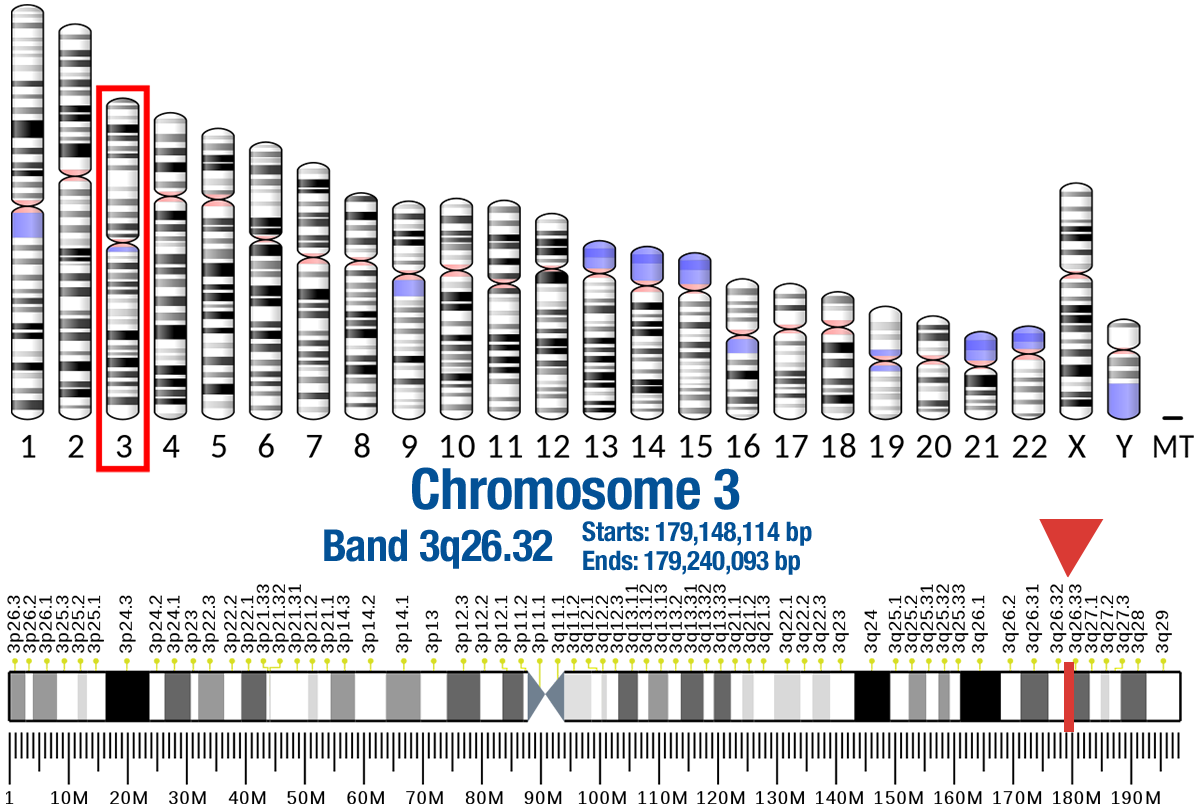
Phosphatidylinositol 3-kinase is composed of an 85 kDa regulatory subunit and a 110 kDa catalytic subunit. The protein encoded by this gene represents the catalytic subunit, which uses ATP to phosphorylate PtdIns, PtdIns4P and PtdIns(4,5)P2. This gene has been found to be oncogenic and has been implicated in cervical cancers. A pseudogene of this gene has been defined on chromosome 22. [provided by RefSeq, Apr 2016]
Tumor type associations:
- Bladder
- Breast
- Cervical
- Colorectal
- Endometrial
- Esophageal
- Gastric
- Kidney
- Liver
- Lymphoma
- Melanoma
- Ovarian
- Pancreatic
- Prostate
- Nucleotide binding
- Enables protein serine/threonine kinase activity
- Enables protein serine/threonine/tyrosine kinase activity
- Enables protein binding
- Enables ATP binding
- Is active in cytoplasm
- Located in cytosol
- Is active in plasma membrane
- Part of phosphatidylinositol 3-kinase complex, class IA
- Involved in angiogenesis
- Involved in liver development
- Regulation of protein phosphorylation
- Involved in vasculature development
- Involved in glucose metabolic process
- Breast cancer, somatic
- CLAPO syndrome, somatic
- CLOVE syndrome, somatic
- Colorectal cancer, somatic
- Cowden syndrome 5
- Gastric cancer, somatic
- Hepatocellular carcinoma, somatic
- Keratosis, seborrheic, somatic
- Macrodactyly, somatic, (3), Cerebral cavernous malformations 4, somatic
- Megalencephaly-capillary malformation-polymicrogyria syndrome, somatic
- Nevus, epidermal, somatic
- Nonsmall cell lung cancer, somatic
- Ovarian cancer, somatic
PIK3CA localizations – Subcellular Localization Database

The original uploader was Roadnottaken.
Gene Location


